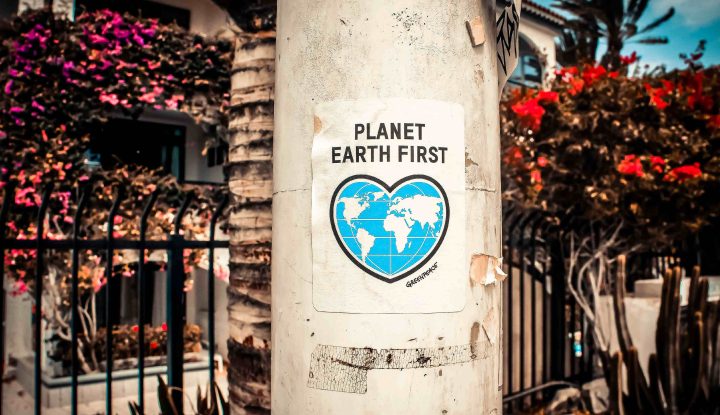The travel industry is on its way to regaining lost ground, after reeling from a post-pandemic slowdown for several months. As per research by the World Travel and Tourism Council (WTTC), the travel and tourism sector’s contribution to the Indian economy could go well beyond the pre-pandemic levels in 2022, with a year-on-year growth rate of 20.7%. Yet yesterday’s methods can no longer drive tomorrow’s growth for any industry.
Humans by nature are wanderers and crave different experiences. This presents an opportunity for the travel and hospitality industries, to re-imagine living spaces for travelers. This would not only create sustainable ecosystems, driven by green businesses, it would also offer unique experiences for travelers. The Travel industry must examine the hidden treasures of the Indian subcontinent – intertwined with culture and heritage, that were created for sustainable life in unison with nature. The industry must try and re-create, what I’d like to refer to as the pre-digital era experiences for current and future generations, focusing on a couple of high potential untapped spaces, creating a sustainable world.
One such untapped space is India – our rich culture and heritage have given us wonderful heritage homes and colonial bungalows, which can provide unmatched experiences for travelers. What makes it even more appealing is that these structures are mostly located along beautiful water bodies, grasslands, coastal regions, or hillsides. They draw influence from the architectural styles of Indian, Portuguese, Dutch, and British designers. If you are someone who likes staying in heritage homes, you would have noticed or even experienced and appreciated the beauty of such shelters which have been well maintained by their private or public owners.
A lot of heritage buildings around the world are losing significance and value and are on the verge of either demolition or being decommissioned. This is largely to non-scientific restoration and maintenance, and partly because of the rapid commercialization of spaces in urban and suburban areas.
In India, a majority of such properties are under the local government’s jurisdiction, and probably served as erstwhile govt. quarters or residences. Another untapped space with tremendous potential is the existing state government’s inspection and traveler’s bungalows throughout the country – many of them located at exotic locations. These have huge potential to serve beyond their original intent, if optimally and efficiently managed. Read More
—
This article written by Ashwin Aswatharam was published in ETHospitalityWorld.com







